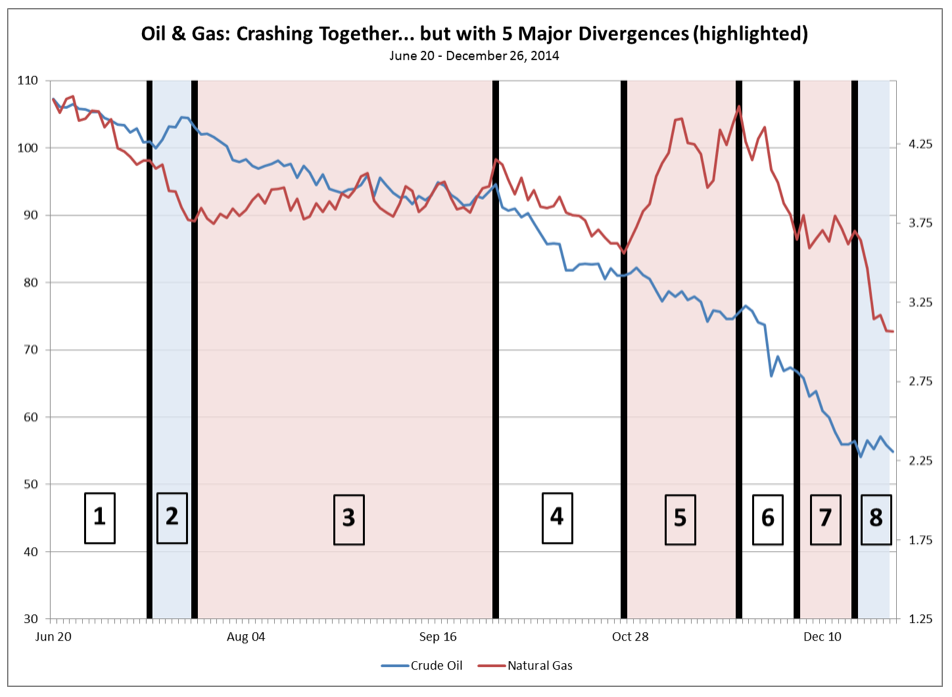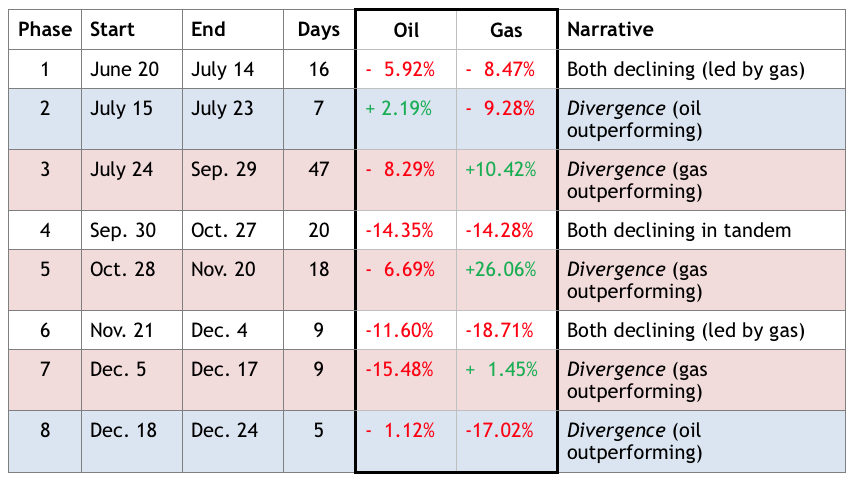
Continuing my little mini-series on energy investments that are actually performing (see also my recent refiners and solar articles), today I’ll turn my attention to pipelines.
Many pipeline companies, of course, remain very profitable despite the crash in oil prices, since the vast majority of pipeline companies’ revenue typically comes from fees paid by its oil-producer customers based on the quantity, or volume, of oil and petroleum products transported. Thus, energy pipeline companies (commonly structured as Master Limited Partnerships, or MLPs) are normally not terribly sensitive to oil price changes. Further, MLP stocks historically exhibit little correlation to oil prices, over the long term.
A company with rising dividends, solid management, AND a great technical setup
Take a look at Magellan Midstream Partners (NYSE: MMP; chart courtesy of MarketClub). Continue reading "Swim Midstream with Pipeline MLPs"


